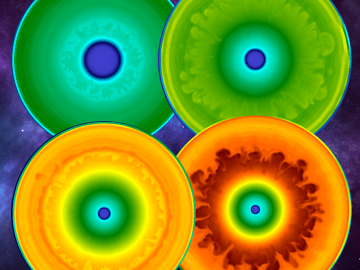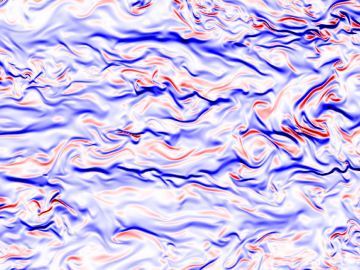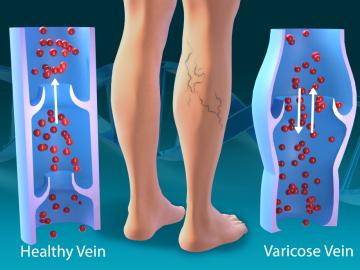
Filter News
Area of Research
- Biology and Environment (15)
- Computational Biology (1)
- Computational Engineering (2)
- Computer Science (1)
- Energy Science (12)
- Fusion and Fission (2)
- Fusion Energy (1)
- Isotopes (1)
- Materials (4)
- Materials for Computing (2)
- Mathematics (1)
- National Security (13)
- Neutron Science (8)
- Sensors and Controls (1)
- Supercomputing (49)
News Topics
- (-) Mathematics (12)
- (-) Security (31)
- (-) Summit (71)
- 3-D Printing/Advanced Manufacturing (146)
- Advanced Reactors (40)
- Artificial Intelligence (131)
- Big Data (79)
- Bioenergy (112)
- Biology (128)
- Biomedical (73)
- Biotechnology (39)
- Buildings (74)
- Chemical Sciences (86)
- Clean Water (33)
- Composites (35)
- Computer Science (226)
- Coronavirus (48)
- Critical Materials (29)
- Cybersecurity (35)
- Education (5)
- Element Discovery (1)
- Emergency (4)
- Energy Storage (114)
- Environment (218)
- Exascale Computing (67)
- Fossil Energy (8)
- Frontier (64)
- Fusion (66)
- Grid (74)
- High-Performance Computing (130)
- Hydropower (12)
- Irradiation (3)
- Isotopes (62)
- ITER (9)
- Machine Learning (68)
- Materials (157)
- Materials Science (158)
- Mercury (12)
- Microelectronics (4)
- Microscopy (56)
- Molten Salt (10)
- Nanotechnology (64)
- National Security (86)
- Neutron Science (171)
- Nuclear Energy (122)
- Partnerships (68)
- Physics (69)
- Polymers (35)
- Quantum Computing (53)
- Quantum Science (93)
- Simulation (65)
- Software (1)
- Space Exploration (26)
- Statistics (4)
- Transportation (103)
Media Contacts

As a result of largescale 3D supernova simulations conducted on the Oak Ridge Leadership Computing Facility’s Summit supercomputer by researchers from the University of Tennessee and Oak Ridge National Laboratory, astrophysicists now have the most complete picture yet of what gravitational waves from exploding stars look like.

Simulations performed on the Summit supercomputer at ORNL revealed new insights into the role of turbulence in mixing fluids and could open new possibilities for projecting climate change and studying fluid dynamics.

A team of researchers from ORNL was recognized by the National Cancer Institute in March for their unique contributions in the fight against cancer.

Hydrologist Jesús “Chucho” Gomez-Velez is in the right place at the right time with the right tools and colleagues to explain how the smallest processes within river corridors can have a tremendous impact on large-scale ecosystems.

As part of a multi-institutional research project, scientists at ORNL leveraged their computational systems biology expertise and the largest, most diverse set of health data to date to explore the genetic basis of varicose veins.

A partnership of ORNL, the Tennessee Department of Economic and Community Development, the Community Reuse Organization of East Tennessee and TVA that aims to attract nuclear energy-related firms to Oak Ridge has been recognized with a state and local economic development award from the Federal Laboratory Consortium.

A new paper published in Nature Communications adds further evidence to the bradykinin storm theory of COVID-19’s viral pathogenesis — a theory that was posited two years ago by a team of researchers at the Department of Energy’s Oak Ridge National Laboratory.

When the COVID-19 pandemic stunned the world in 2020, researchers at ORNL wondered how they could extend their support and help

ORNL scientists will present new technologies available for licensing during the annual Technology Innovation Showcase. The event is 9 a.m. to 3 p.m. Thursday, June 16, at the Manufacturing Demonstration Facility at ORNL’s Hardin Valley campus.

It’s a simple premise: To truly improve the health, safety, and security of human beings, you must first understand where those individuals are.


